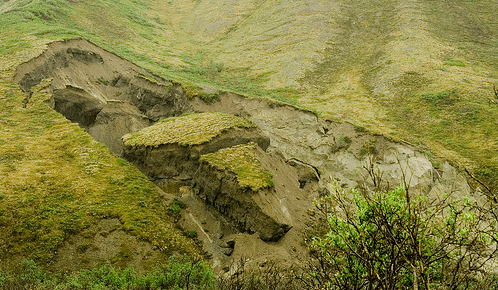
The potential effects of climate changes on the hydrological cycle and especially on weather-induced geo-hydrological hazards have aroused an increasing interest in recent years.
In a study recently published on Electric Journal on Geotechnical Engineering (EJGE) a team of authors (among them, CMCC researchers V. Villani, G. Rianna, P. Mercogliano, A.L. Zollo from REMHI Division) realized a comparison of the performances of different approaches used to investigate various hazards in different geographical areas and geomorphological context.
Both methodologies have been applied to two selected case studies referred to sites in Italy: Cervinara (Southern Italy) and Orvieto (Central Italy). During recent years, in fact, the slopes of both areas have been affected by slope movements albeit with very different characteristics.
The abstract of the paper:
To properly evaluate weather variables regulating the occurrence of geo-hydrological hazards, the current constraints of climate models imply the need of adopting statistical approaches in cascade to GCM/RCM for the assessment of the potential variations associated to climate changes. Since, in recent years, several approaches, often freely available, have been proposed and applied to investigate various hazards in different geographical areas and geomorphological contexts, a deeper understanding about their performances and constraints is crucial; in the work, it is carried out focusing the attention on two kind of approaches widely adopted in impact studies: bias correction methods(in particular, quantile mapping tools) and weather generators. Both methodology have been applied to outputs of an high resolution RCM simulation carried out on Italian territory for analyzing two very localized (and then challenging) landslide case studies. Beyond an assessment about relative performances in reproducing weather variables on the areas, the goal concerns an increasing awareness about how these approaches could affect the climate signal, physically detected by RCM, not only in outputs weather variables but also in derived components of soil surface budgets strictly governing the occurrence of landslide phenomena.
Read and download the integral version of the paper:
Villani V., Rianna G., Mercogliano P., Zollo A. L.
Statistical approaches versus weather generator to downscale RCM outputs to slope scale for stability assessment: a comparison of performances
2015, Electronic Journal of Geotechnical Engineering, Vol.20.4 pp 1495-1515


